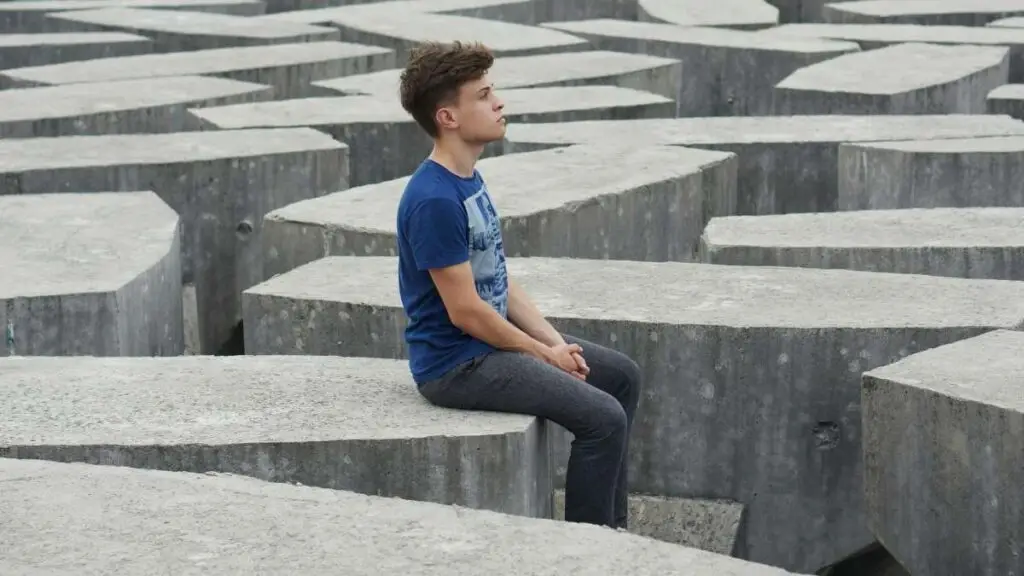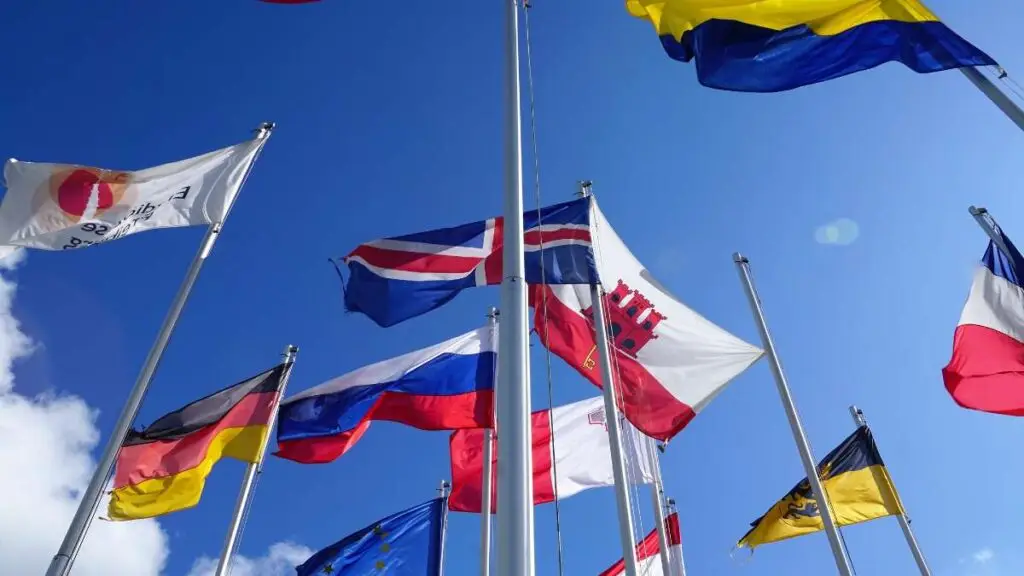By Geoffrey Cain
PRI’s The World
Apr 22, 2014
SEOUL, South Korea — South Koreans were taken aback Monday when President Park Geun-hye decreed that the captain and crew of the Sewol, the 6825-ton sunken ferry, conducted themselves in a way “akin to an act of murder,” fleeing the listing ship without ensuring the safety of the 476 passengers on board.
“Above all, the conduct of the captain and some crew members is unfathomable from the viewpoint of common sense, and it was akin to an act of murder that cannot and should not be tolerated,” she told aides.
As of Tuesday afternoon in Seoul, 104 people had been confirmed dead and 198 were still missing, with more bodies being recovered from the vessel. Most of the dead and missing were second-year high school students on a field trip; hopes have been pretty much eliminated that any survivors will be found. On Saturday, the ship’s captain and two crew members were arrested, followed by four more arrests on Monday.
For some South Koreans, President Park’s statement brought vindication following a round of mud-slinging over what they proclaim has been a sluggish rescue effort. Yet the president’s statement also angered critics who accused her of inappropriately commenting on the crew’s guilt before allowing them to stand trial.
Here are four factors — some natural, some human — that turned this tragedy into a bungling mess.
1. The captain did not go down with his ship
Remember the Leonardo DiCaprio film Titanic, when Captain Smith orders women and children to leap onto lifeboats first, and hours later, valiantly goes down with his mega-cruiser after the string quartet performing its final piece, “Nearer My God to Thee”?
Captain Smith, at least in his movie form, was venerating a centuries-old code of seafaring honor, one that’s also enshrined in law: The captain is ultimately responsible for the safety of the people aboard his ship, and in times of distress, he or she should be among the last to leave. (These days, however, nobody expects the captain to actually go down with his ship.)
But South Koreans were enraged when a video emerged showing that 68-year-old South Korean captain, Lee Joon Seok, was among the first to escape on a life boat, leaving all those high school students trapped below deck.
So what happened? During the voyage, Lee took a break, handing the helm over to his inexperienced third mate despite the tricky waters around Jindo. Once calamity struck, the passengers were ordered over the public announcement system to stay in their rooms, while the captain waited for 32 minutes to issue an evacuation order.
An audio transcript later revealed chaos and confusion in those final moments. Lee has since defended himself by claiming that the strong currents could have swept away the passengers should they have abandoned ship. He’s now under arrest for negligence and accidental homicide, among other charges. It remains unclear why the crew simply didn’t order the passengers above deck so they wouldn’t get trapped.
2. Strong ocean currents and bad weather slowed down the rescue
For all his blundering, Captain Lee was correct that the ocean currents were ferocious, posing a risk for even the most elite of navy rescue divers. Rescuers had trouble safely reaching the wreckage for days, struggling to see through the muddy-colored water and feeling their way around the ship.
When divers reached the hull, they tapped on it, hoping that any survivors would knock in response. There was, sadly, no such luck. With the weather clearing up this week, they’ve now gained access to the various rooms of the ship, discovering more bodies. The death toll is expected to rise significantly in the coming days.
3. Parents accused the government of a sluggish and confused response
The relatives of missing passengers, of course, had reason to be distraught since rescuers couldn’t retrieve their sons and daughters quickly. If any survivors were trapped in air pockets trapped inside the vessel, their time was limited due to the threat of hypothermia.
Nobody expected the government to take the blame for unlucky conditions. In fact, many applauded President Park for unexpectedly showing up at Jindo on Thursday to calm the families.
But as emotions were running high and the rescue efforts appeared lackluster to some, a few government officials made untimely and unfortunate statements, hurting the government’s image.
On Thursday, the South Korean prime minister took on a barrage of water bottles as he departed the gymnasium in Jindo, where loved ones were camped out. South Koreans were also furious when a public servant inappropriately took a photo op; He was quickly sacked from his position. Early on, the emergency command center released incorrect numbers, suggesting that far more people had been rescued, only to quickly retract it and disappoint families.
By the wee hours of Sunday morning, the families were so enraged that they decided to take their case to directly to South Korea’s presidential Blue House. The prime minister urged the families not to go, but about 300 people ignored his request, choosing to traverse the country by foot.
A small army of police quickly showed up at the Jindo bridge, blocking the demonstrators on the grounds that the road was dangerous. The families took a detour to mountain hiking paths, only to be turned back again.
An ensuing scuffle left at least one person injured, with embittered relatives complaining that the government had political reasons for keeping them from their march. After negotiations on the street, the group eventually agreed to head back to the gymnasium.
4. The shady ferry operator is under investigation
South Korean prosecutors have raided the offices of the ferry operator, the Cheonghaejin company, and six companies that gave it safety checks. It’s unclear at this point if there will be criminal charges against the corporate executives directly connected to the incident.
Some experts say that the company staff weren’t properly trained to tie down the cargo, putting it at risk of shifting during the voyage — a factor that could have caused the ship to list on its side. South Korean authorities are likely to probe how the company built additional rooms for the ship, and how the cargo was loaded.
South Korea’s financial regulator is also at the scene just in time, opening an investigation into Cheonghaejin for alleged illegal foreign exchange trading and tax evasion. About 30 people connected to the company have been banned from leaving the country.
The company, too, doesn’t exactly have an unblemished history. The father of the two sons who now own Cheonghaejin previously owned another ferry operator. That company went bankrupt in 1997, encumbered by scandals that included the sinking of its cruise ship.
Uh-oh.
The article was originally published in PRI’s The World
See Also:





